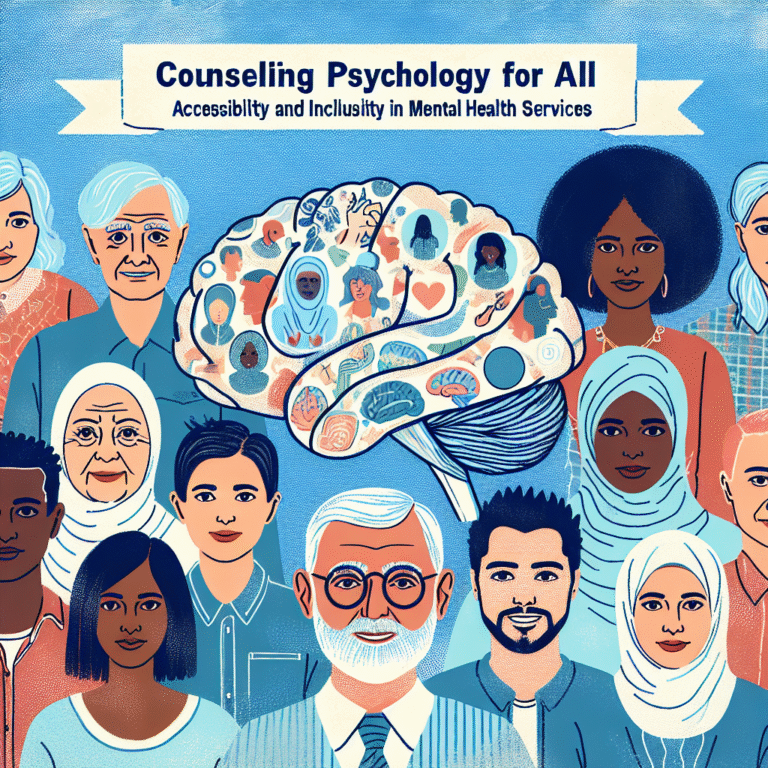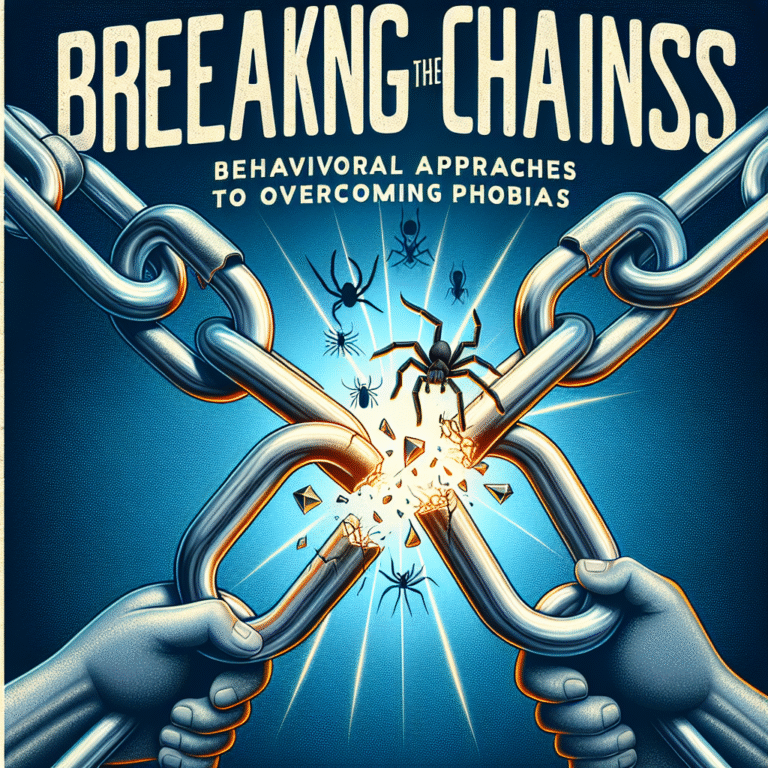
Introduction
In our increasingly urbanized world, the disconnect between humans and nature is more pronounced than ever. Yet, the significance of reconnecting with the natural environment cannot be overstated. The Psychology of Green: Understanding Our Connection to Nature delves into how being in touch with green spaces influences our mental well-being, enhances creativity, and fosters social harmony. This exploration proves that nurturing our bond with nature is not merely a lifestyle choice; it’s an essential aspect of our psychological health.
Theoretical Foundations of Nature Connectedness
The Biophilia Hypothesis
One of the foundational theories about our bond with nature is the biophilia hypothesis, proposed by environmental psychologist Eric Fromm. Biophilia suggests that humans possess an innate tendency to seek connections with nature and other forms of life. This hypothesis lays the groundwork for understanding The Psychology of Green: Understanding Our Connection to Nature as an intrinsic element of human existence.
Case Study: Urban Green Spaces and Mental Health
A study conducted in the urban landscapes of New York City explored the mental health outcomes of populations living near parks and green areas. Researchers found that those who frequently visited these spaces reported lower levels of anxiety and depression. This case highlights the biophilia hypothesis, confirming that access to nature is crucial for psychological well-being.
Analysis
The outcomes of this study reinforce the notion that our connection to nature plays a pivotal role in shaping mental health. Even in dense urban environments, green spaces offer a reprieve from the stressors of city life, exemplifying the therapeutic value of nature.
Eco-Psychology: Bridging the Divide
Eco-psychology takes the biophilia hypothesis further by examining the psychological impacts of our separation from nature. Proponents argue that our disconnection results in various psychological woes, including anxiety, depression, and a sense of purposelessness.
Table: Psychological Benefits of Nature Exposure
| Benefit | Description |
|---|---|
| Reduced Anxiety | Time in nature reduces cortisol levels. |
| Improved Mood | Nature exposure boosts serotonin levels. |
| Enhanced Creativity | Nature promotes divergent thinking. |
| Increased Empathy | Green settings foster social connections. |
| Better Focus | Nature restoration improves attention span. |
This table underscores the multi-faceted benefits that come from embracing The Psychology of Green: Understanding Our Connection to Nature.
The Neutralizing Effects of Nature
Stress Reduction
One of the most compelling aspects of our connection to nature is its ability to reduce stress. When we immerse ourselves in green environments, we engage in what is known as "soft fascination," which allows our minds to rest and recover from the relentless pace of modern life.
Case Study: Forest Bathing in Japan
The practice of "Shinrin-yoku," or forest bathing, has gained popularity in Japan as a method for improving psychological well-being. Research indicates that participants in forest bathing report significantly lower stress levels and improved mental clarity.
Analysis
This case study underscores the real-world implications of nature exposure on stress reduction. The practice of forest bathing exemplifies how The Psychology of Green: Understanding Our Connection to Nature can be harnessed for mental restorative practices.
Nature and Cognitive Functioning
Studies suggest that being in natural environments can enhance cognitive functioning. Interaction with nature not only rejuvenates the mind but also sharpens our ability to focus and problem-solve.
Case Study: Attention Restoration Theory (ART)
According to Attention Restoration Theory, nature can help restore our attentional capacities. When individuals are immersed in natural settings, their ability to concentrate and perform tasks improves markedly.
Analysis
This case shows that The Psychology of Green: Understanding Our Connection to Nature can have significant implications in educational settings, suggesting that incorporating nature into learning environments can advance cognitive skills and performance.
The Societal Implications of Nature Connectedness
Strengthening Community Bonds
Nature can serve as a social glue that brings communities together. Parks and green spaces are common locales for social gatherings, fostering a sense of community and belonging.
Case Study: Community Gardening Initiatives
Community gardens have emerged as popular projects in urban areas, blending the benefits of nature exposure with social interaction. Research indicates that these gardens not only improve psychological well-being but also strengthen community ties.
Analysis
The essence of community gardening illustrates that The Psychology of Green: Understanding Our Connection to Nature can foster stronger social networks. Communities that engage in green initiatives often report increased satisfaction and lower crime rates.
Enhancing Social Empathy
Engaging with nature can also enhance social empathy. Time spent in green environments can lead to improved social interactions and a higher level of awareness about social issues.
Chart: Benefits of Nature on Social Empathy
| Interaction Type | Empathy Boost Percentage |
|---|---|
| Group walks in nature | 25% increase |
| Nature volunteer programs | 35% increase |
| Community events in parks | 40% increase |
The chart indicates that engaging with nature can significantly enhance our empathy levels, further supporting The Psychology of Green: Understanding Our Connection to Nature.
Practical Applications and Strategies
Incorporating Nature into Daily Life
Nature Breaks at Work
Organizations can leverage the mental boost provided by nature through structured “nature breaks.” Employees can take short walks outside or even enjoy indoor plants.
Outdoor Meeting Spaces
Designing office spaces with access to nature not only improves aesthetics but also promotes psychological well-being. Companies that have implemented these changes often notice improved productivity and employee satisfaction.
Learning Environments and Nature
Outdoor Classrooms
Incorporating nature into educational settings, such as utilizing outdoor classrooms, can lead to heightened engagement and better academic outcomes.
Nature-inspired Curriculums
Schools can develop curriculums inspired by nature, encouraging students to explore biology, ecology, and sustainability, ultimately enriching their connection to the environment.
Eco-Therapy as a Treatment Modality
Eco-therapy, or nature therapy, is a growing field where therapists utilize nature-based interventions to address mental health issues. This practice emphasizes the therapeutic value of the natural world as part of a holistic treatment strategy.
Conclusion: Embracing the Green Revolution
As we venture further into the 21st century, it becomes increasingly clear that awareness of The Psychology of Green: Understanding Our Connection to Nature is crucial for mental well-being and community engagement. By fostering connections with nature—through mindful practices, educational reforms, and societal initiatives—we can build a more harmonious relationship with the world around us.
Actionable Insights
- Make Nature a Priority: Incorporate regular nature visits into your life.
- Advocate for Green Spaces: Support community projects that promote green initiatives.
- Incorporate Nature into Daily Activities: Take nature breaks during your workday.
By embracing these strategies, we can enhance not only our psychological health but also our communities and environments, propelling us toward a greener, healthier future.
FAQs
1. What is the biophilia hypothesis?
The biophilia hypothesis suggests that humans have an innate connection to nature and other forms of life, influencing our mental well-being.
2. How does being in nature reduce stress?
Nature offers a calming environment that promotes relaxation and reduces cortisol levels, which are linked to stress.
3. What are some practical ways to connect with nature?
You can connect with nature by spending time in parks, gardening, or even having plants in your home or office.
4. How does eco-therapy work?
Eco-therapy uses nature as a component of the therapeutic process to address various mental health issues, emphasizing the healing aspects of the natural environment.
5. Why is community gardening beneficial?
Community gardening strengthens social ties and enhances individual mental health, creating a supportive network for participants.
Embrace the green revolution today—our minds and communities depend on it!


















